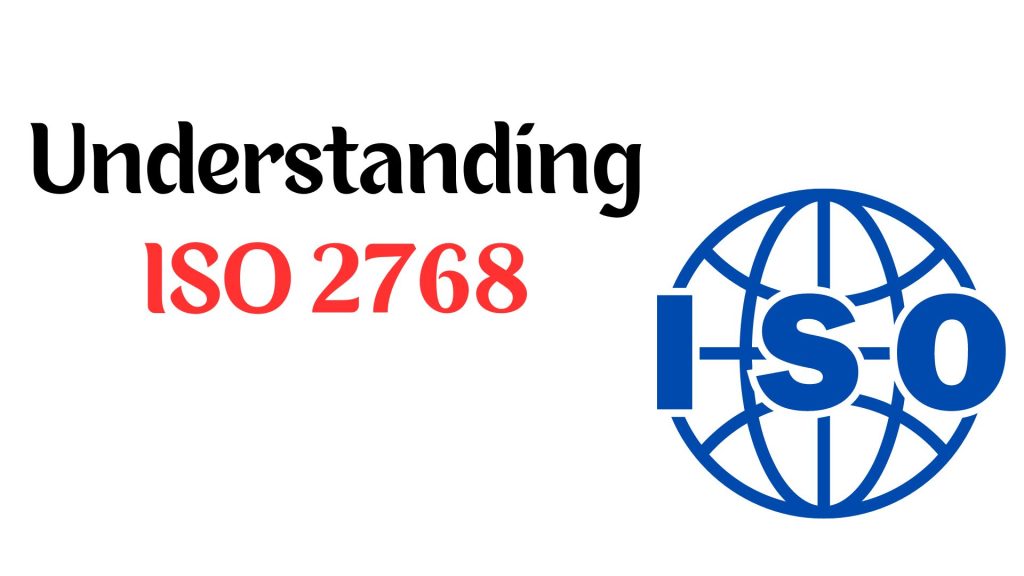Embarking on the journey of aerospace sheet metal fabrication involves navigating through crucial decisions from material selection to precision fabrication techniques. This guide is your comprehensive resource for understanding the fundamentals of aerospace sheet metal fabrication, covering material choices, fabrication techniques, practical applications, and more.
Table of Contents:
- Why Fabricate Sheet Metal Parts for Aerospace Industry
– Overview of aerospace sheet metal fabrication for aircraft parts.
– Utilization by major aircraft manufacturers.
– Advantages, including low production costs and customization.
- Choosing Aerospace Material for Fabrication Processes
– Requirements for durable, corrosion-resistant, and lightweight materials.
– Popular materials in the aerospace industry: Stainless steel (SS 17-4 PH), Titanium (Ti-6Al-4V), Aluminum alloys (6061, 7075, 7475-02), Copper, Brass alloys, and composite materials.
- Aerospace Sheet Metal Fabrication Techniques
– Overview of precise, repeatable, and reliable processes.
– Criteria for fabrication techniques, including predictable performance, dimension stability, fine finish, tight tolerance, and resistance to physical stress and vibrations.
– Detailed exploration of techniques:
– Aerospace Hydroforming
– CNC Brake Press Bending Process
– Robotic Welding
– Stretch Forming Airplane Parts
– Waterjet cutting, Hot joggle technique, Laser cutting, CNC milling, Deep drawing, Sheet metal rolling, and Sheet metal stamping.
– Finishing operations: Powder coating, Anodizing, Painting, Plating.
- Examples of Aerospace Sheet Metal Parts
– Comprehensive list of aerospace sheet metal parts, including exterior skins, cockpit parts, rotor pylon components, enclosures, panels, and more.
- MY PrototypingCapabilities in Aircraft Parts Fabrication
– Introduction to MY Prototyping as a leading aerospace parts fabrication company in China.
– Precise sheet metal fabrication capabilities and materials handled.
– Services offered, including complex part assembly, in-house tooling and design, high production, and fast turnaround.
- Conclusion
– Emphasis on the importance of choosing the right technology, material, and partnering with a trusted company for accurate, precise, and durable aircraft parts.
Conclusion:
Mastering aerospace sheet metal fabrication is a multifaceted process that demands careful consideration of materials, fabrication techniques, and collaboration with experienced partners. This guide equips you with the knowledge needed to make informed decisions and ensure the success of your aerospace sheet metal fabrication endeavors. For further inquiries or assistance, feel free to contact us.






